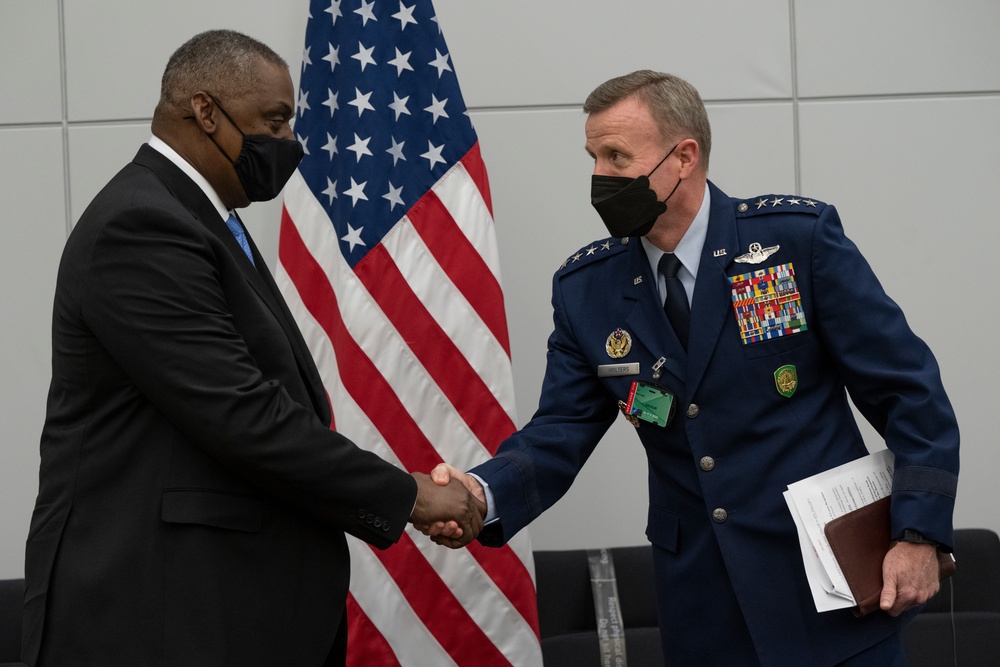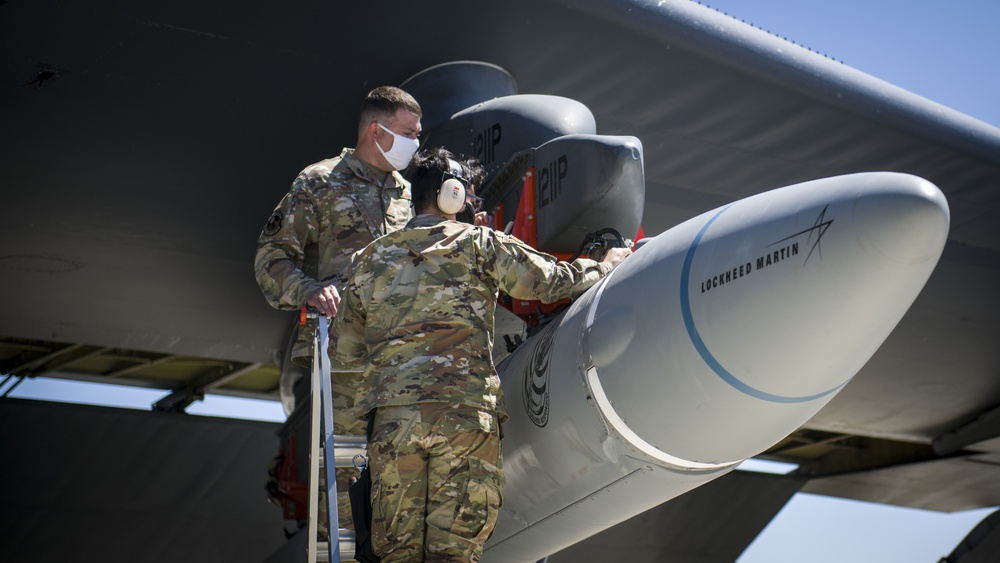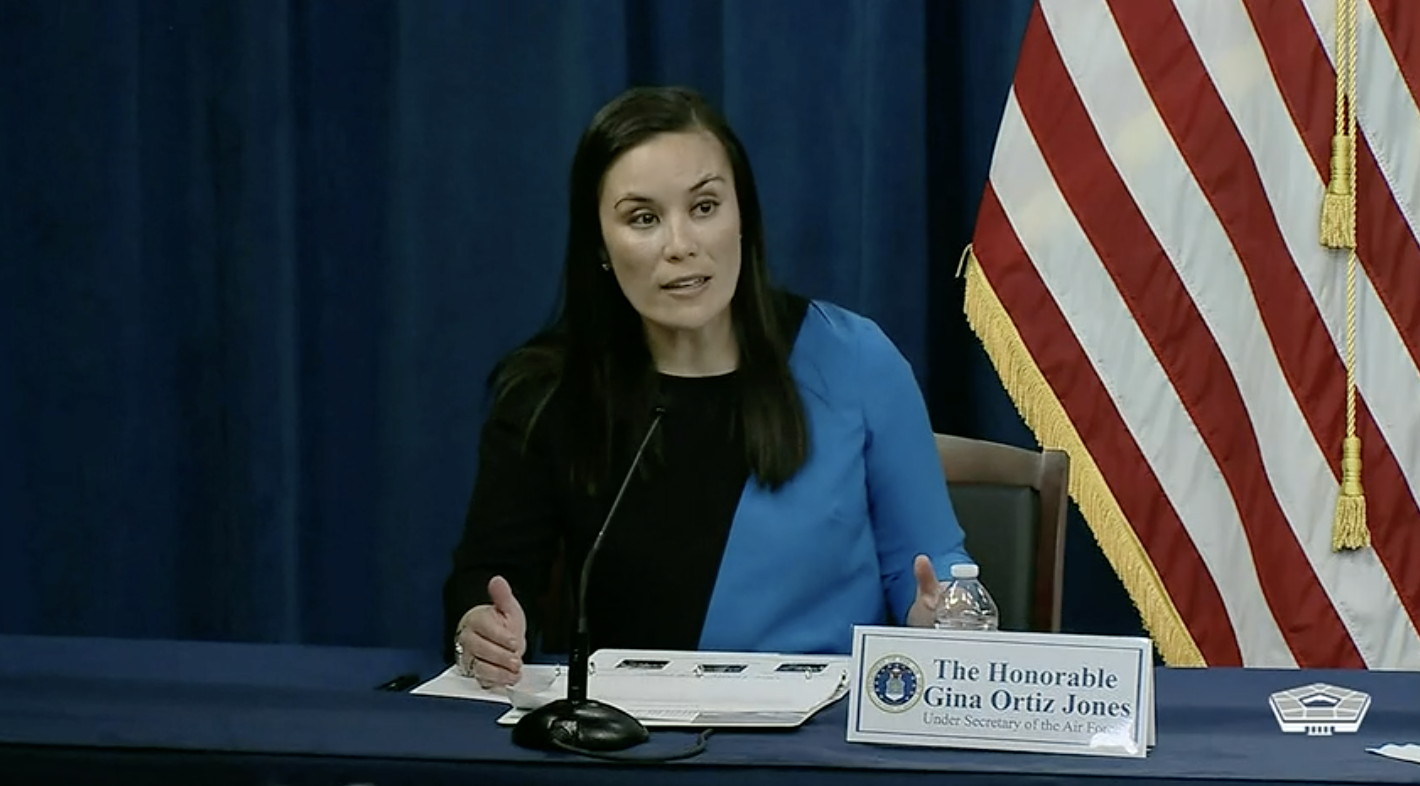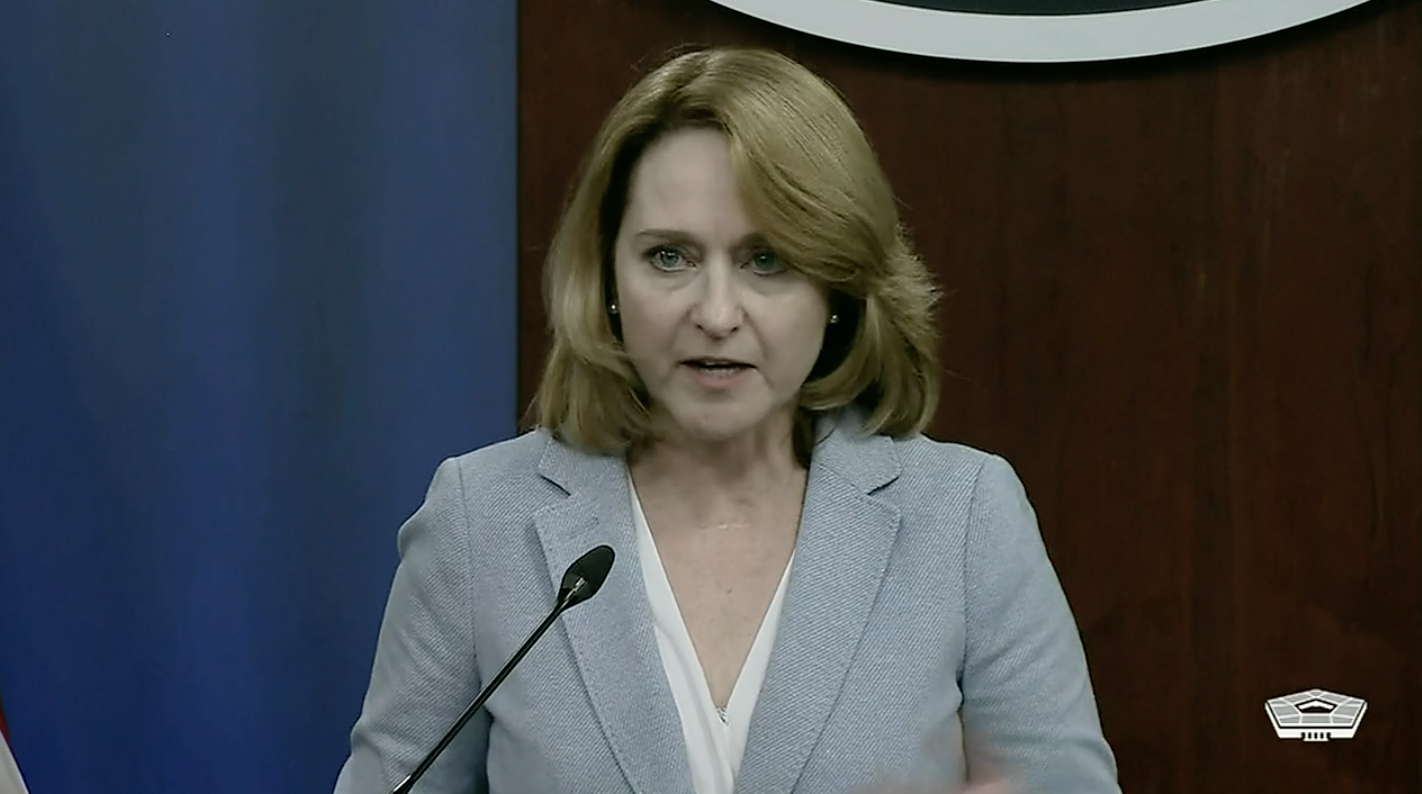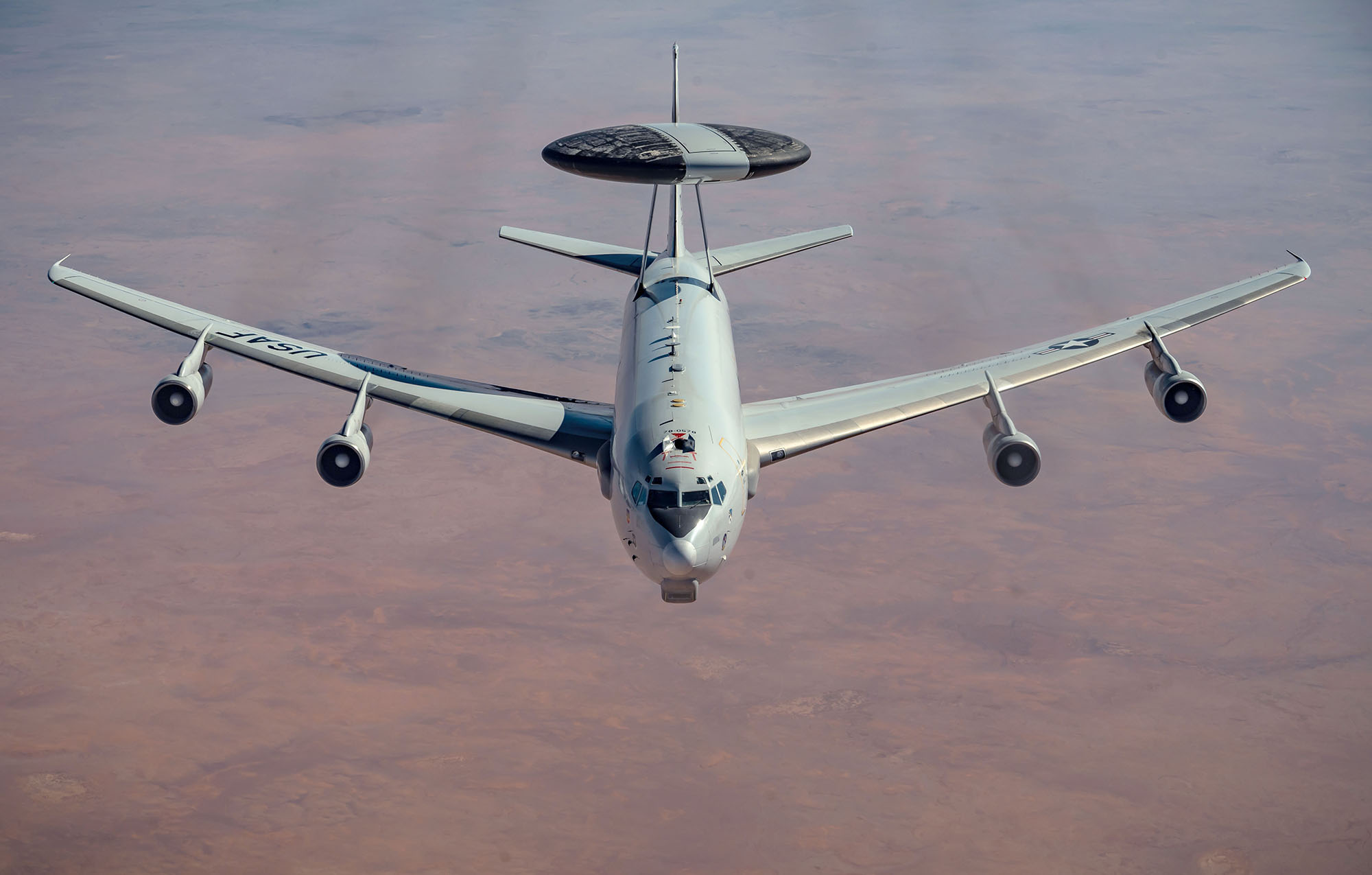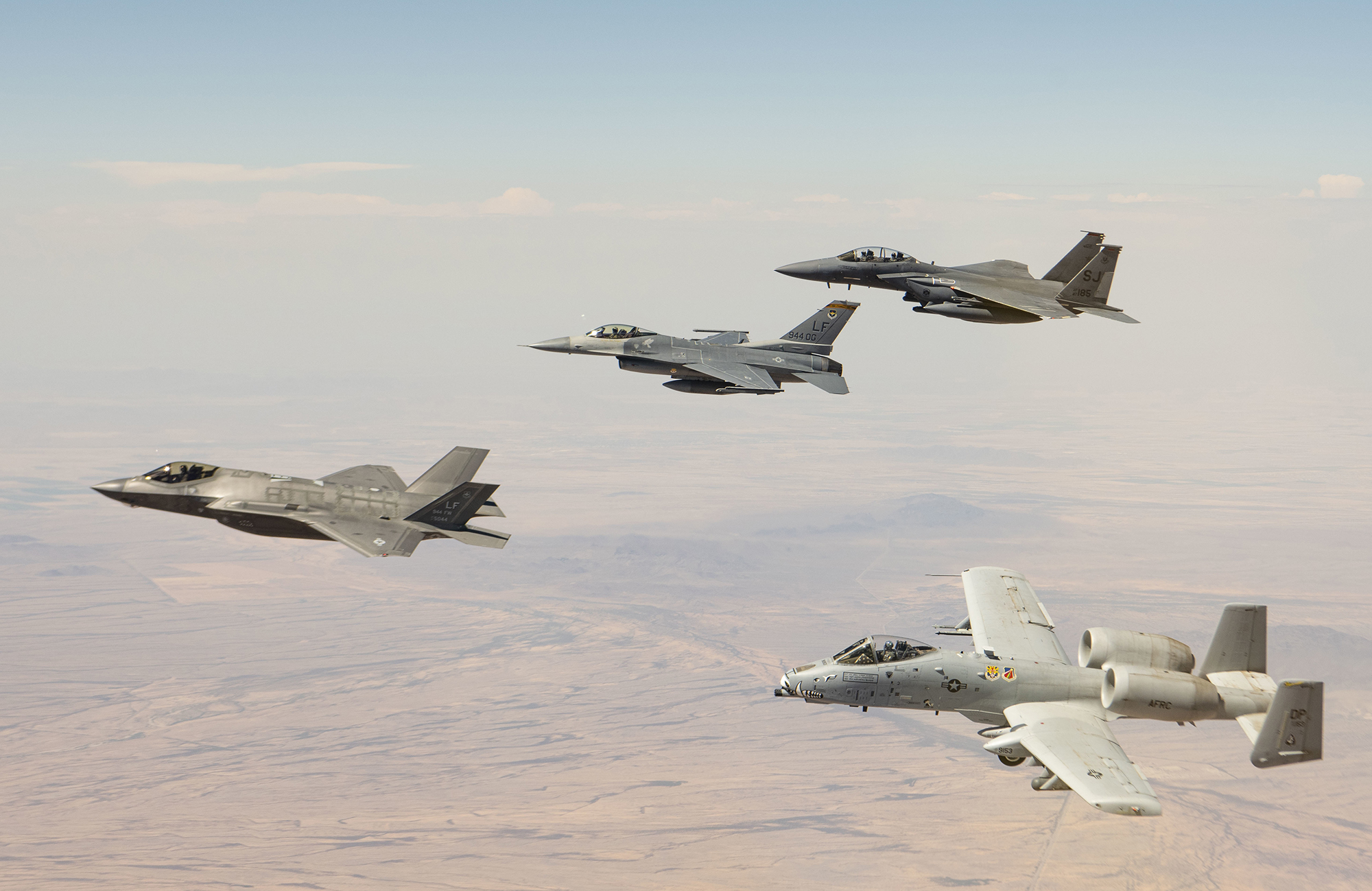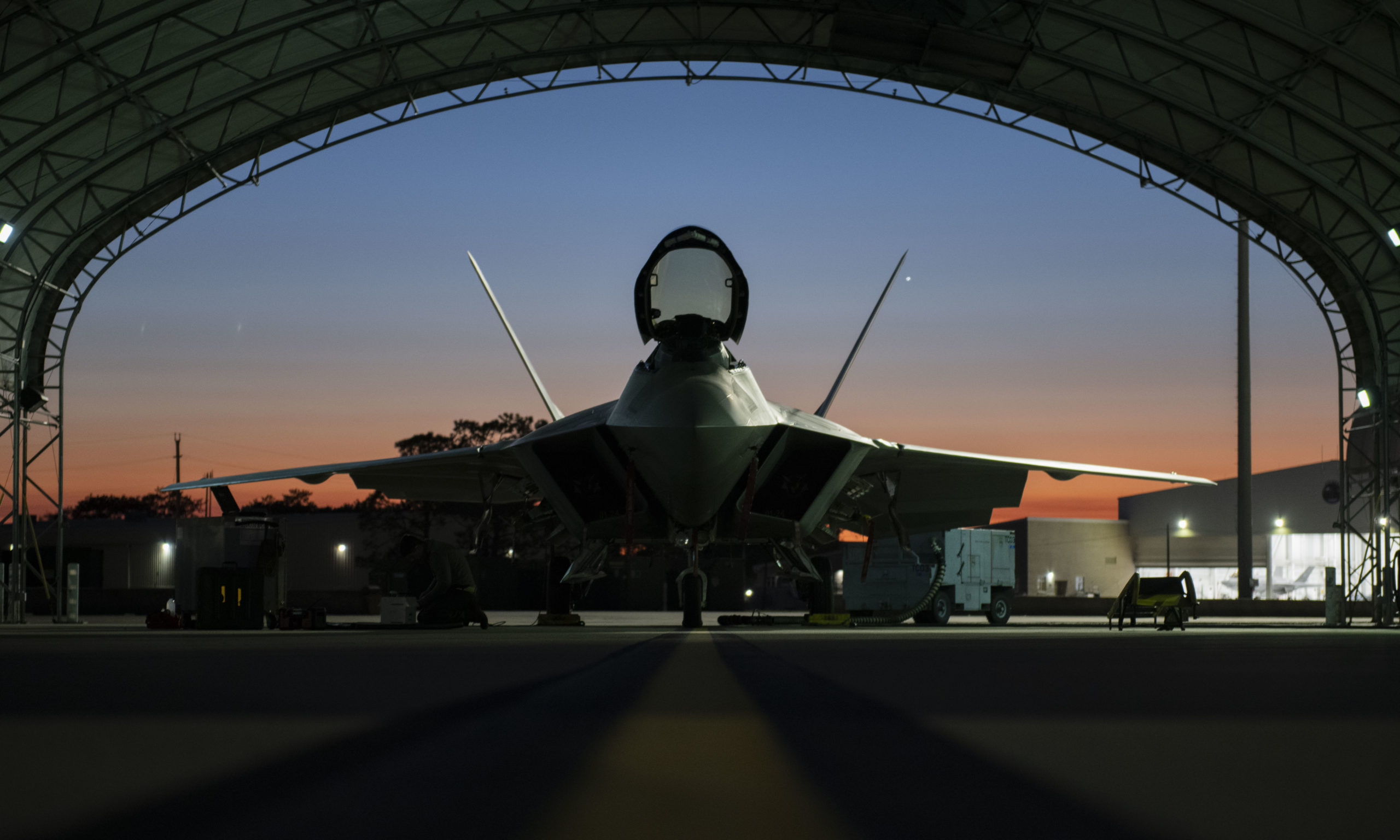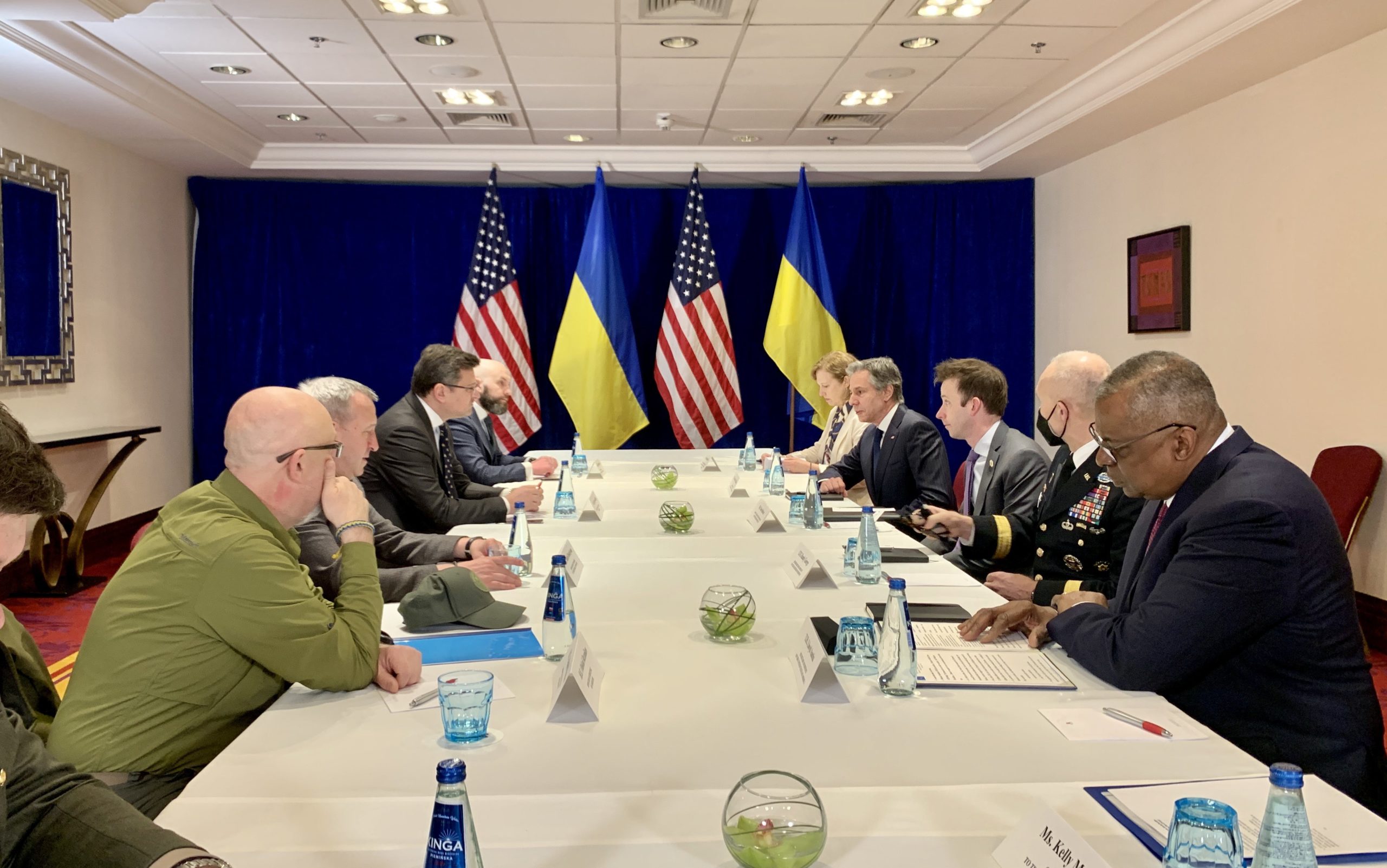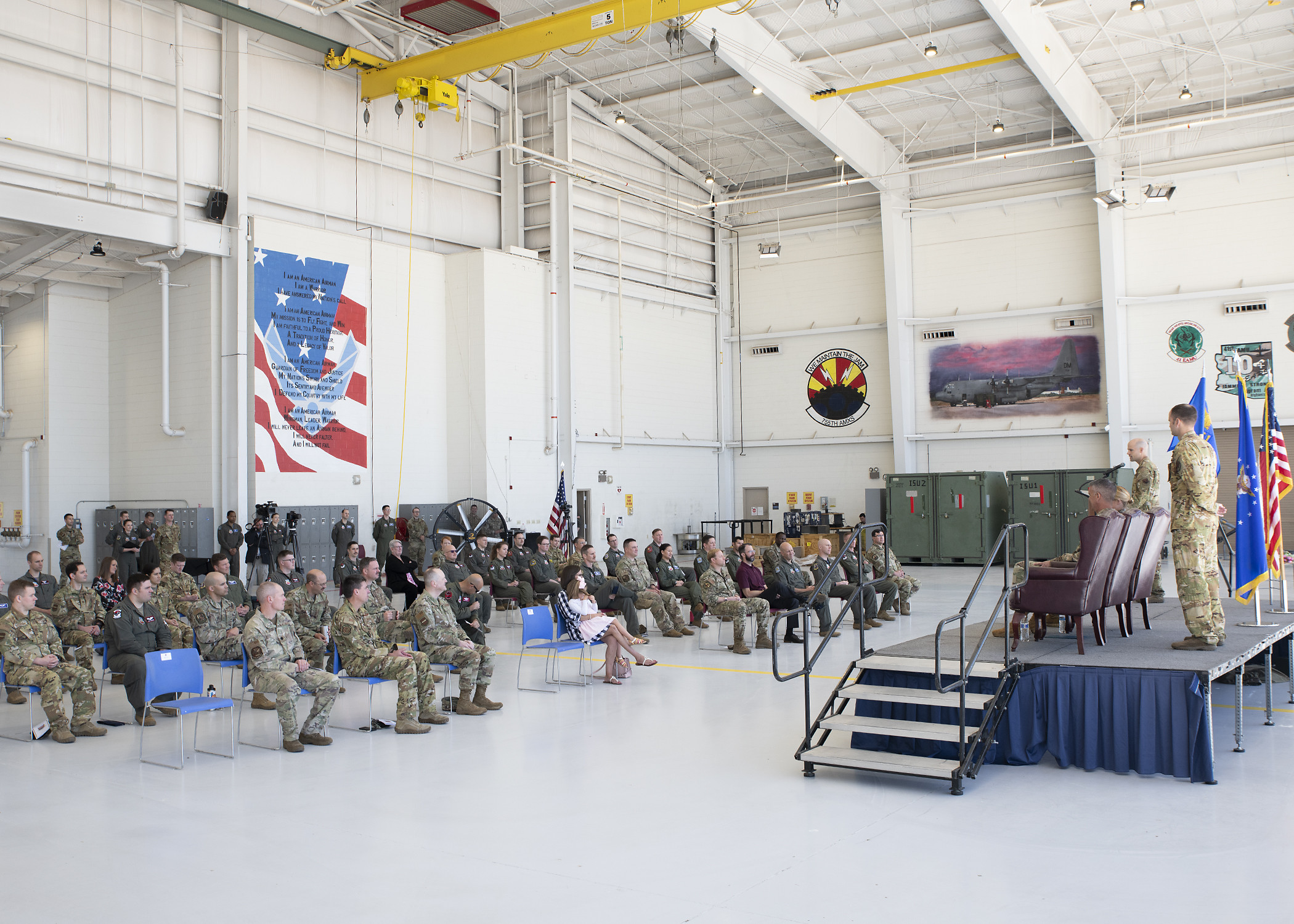The head of U.S. European Command predicted that more American troops will need to be stationed on the continent in the coming years, even after the current conflict between Russia and Ukraine ends.
Air Force Gen. Tod D. Wolters, appearing before the Senate Armed Services Committee on March 29, didn’t say how many more troops would be needed in Europe, or whether they should be permanently stationed or continuously rotated in. But his endorsement of an increased presence comes as the Defense Department seeks to pivot its focus to the Indo-Pacific and China.
“I think what we need to do from a U.S. force perspective is look at what takes place in Europe, following the completion of the Ukraine-Russia scenario, and examine the European contributions and, based off the breadth and depth of the European contributions, be prepared to adjust the U.S. contributions,” Wolters said in response to questions from Sen. Roger Wicker (R-Miss.) “And my suspicion is we’re going to still need more.”
In addition to commanding EUCOM, Wolters also serves as Supreme Allied Commander, Europe for NATO. And in that role, he has witnessed a dramatic change in European attitudes towards defense in the wake of Russia’s invasion of Ukraine. Germany has pledged to boost its military spending by 100 billion Euros, Italy has indicated it will do the same, and Finland and Sweden are considering joining NATO.
These changes will impact what the U.S. needs to do in the region, Wolters said, especially as other countries pour resources into NATO’s eastern flank.
“What I also examine in my other command hat is the increase of European involvement. And in specific targeting of what we’re doing with respect to the population and capability increase in the Baltics, we’ve seen a dramatic shift as a result of contributions from multiple nations,” Wolters said. “Several had been published in the open press: Germany, the United Kingdom, Denmark have all been very, very generous with respect to their recent contributions to the [Enhanced Forward Presence] battlegroups.”
The Enhanced Forward Presence groups, in Latvia, Estonia, Lithuania, and Poland, are deployed on a rotational basis. But increasingly, those nations and others in Eastern Europe have clamored for a permanent U.S. military presence—Estonian Prime Minister Kaja Kallas, Lithuanian Prime Minister Ingrida Šimonytė, and Romanian President Klaus Iohannis all have indicated a willingness to host more troops in the past few months.
“Obviously there’s always a mix between the requirement of permanent versus rotational and there are pluses and minuses of each one,” Wolters told lawmakers. “We’ll have to continue to examine the European contributions to make a smart decision about where to go in the future.”
Pressed further by Sen. Kevin Cramer (R-N.D.) as to how he would balance the need for more troops in Europe with increased demands in the Indo-Pacific and whether that impacts the need for permanent presences or rotations, Wolters said that it depends.
“As we’ve seen what has unfolded in Ukraine with respect to Russia, it’s allowed us the opportunity to take a look at the whole of government, multi-domain force and examine what shifts we could possibly make in the future,” Wolters said. “From a NATO perspective, … those contributions that those allies and partners have committed impacts the appropriate effect that we could deliver, which goes all the way back to, how smart we need to be with respect to making the right decision given global ramifications on permanent versus rotational.”
Wolters’ projection of more troops comes just a few weeks after Mara Karlin, assistant secretary of defense for strategy, plans, and capabilities, told the House Armed Services Committee that the Pentagon was overhauling its Global Posture Review in light of the Russian invasion to consider adding more troops, either on a permanent or rotational basis, in Eastern Europe.
Wolters isn’t the first head of EUCOM to make the case for an increase presence; His predecessor, Army Gen. Curtis M. Scaparrotti, told Congress in 2017 that he needed more forces in the region to modernize and counter Russia.
Like Wolters, Scaparrotti said there were benefits and drawbacks to both a permanent presence or rotations. At the time he made his comments, though, he was overseeing a region with a far smaller presence than Wolters currently has—Wolters told Congress the number of American troops in Europe has swelled from 60,000 to roughly 100,000 as of March 24.
Whether that presence will continue to grow in the short-term remains to be seen, Wolters told Sen. Kirsten Gillibrand (D-N.Y.)
“We take a conditions-based approach, and we look at the issues second by second, minute by minute. I would just tell you that based off the dynamic environment that exists today, that number could change,” Wolters said. “I suspect that it probably will, and in which direction will be determined based off conditions in the environment.”
That dynamic environment was highlighted as Wicker asked Wolters about recent reports that Russia has pledged to scale-back operations near the Ukrainian capital of Kyiv as its focus has shifted to the eastern part of the country.
Those shifts “are exactly what we see from a EUCOM perspective,” Wolters confirmed.
